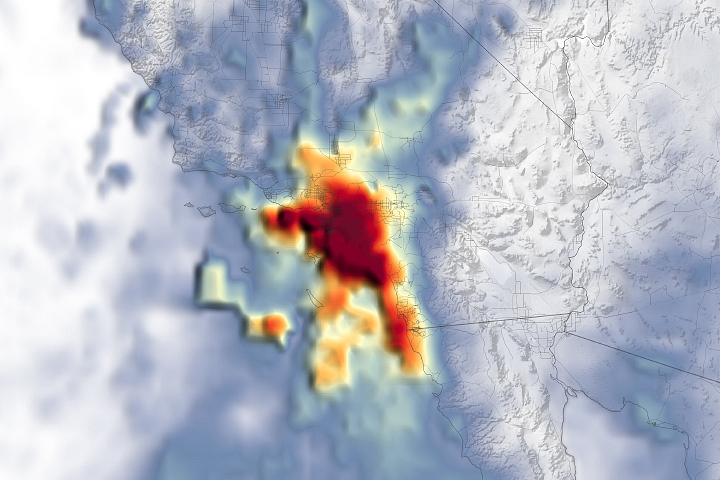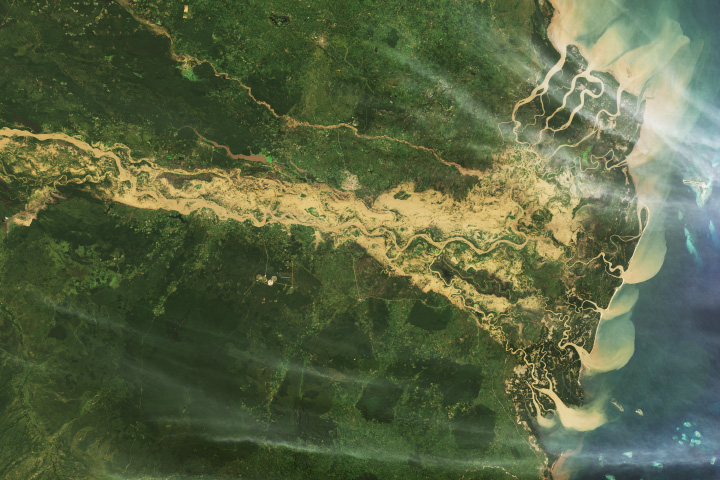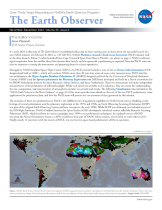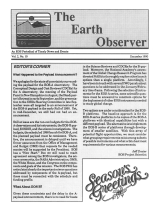- Home
- Missions
- Data
- Communications
- People
- The Earth Observer Newsletter




Recent Imagery
You will be directed to the NASA Visible Earth webpage when you select Images by Mission below, or click on the images at right that are randomly generated to represent four out of all possible topics.
The Earth Observer: Dec - Dec, 1990
In This Issue
Click title below to view page
no ToC exists; need to manually enter
Editor's Corner
Jeff Dozier, EOS Project Scientist
What Happened to the Payload Announcement?
We apologize for the state of uncertainty surrounding that payload for the EOS-A observatory. The Conceptual Design and Cost Reviews (CDCRs) for the A observatory, the meeting of the Payloal Panel in New Hampshire in August, the Headquarters Retreat in early September, and the presentation to the OSSA Steering Committee in late September were all targeted to an announcement of the EOS-A payload in the early Fall of 1990. Yet in mid-December, we still had not had an announcement.
Still at issue are the run-out budgets for the EOS-A observatory and its instruments, the EOS-B payload, EOSDIS, and the science investigations. The budgets, the scheduled 1998 launch for EOS-A, and the planned payload must be consistent. Therefore, the announcement is delayed until we have firmer assurance from the Office of Management and Budget (OMB) that requests for the needed monies will be supported by the President. EOS has a "New Start." But we still need to reach agreement among the EOS investigators, the science community, the NASA Administration, OMB, the White House, and the Congress on the components and goals of the mission. The EOS IWG has articulated clearly the important science questions addressed by components of the A-payload, but these must be reconciled with the schedule and funding profile.
What About EOS-B?
Given these constraints and the delay in the A-payload announcement, there is no need for haste in the Science Reviews and CDCRs for the B-payload. Moreover, the National Academy's assessment of the Global Change Research Program has directed NASA to thoroughly explore other launch options than a single platform. Accordingly, I have been in touch with several IWG panels about questions to be addressed in the January/February timeframe. Following the selection of instruments for the EOS-A series, some scientific questions must be answered to constrain options for the deployment of other EOS instruments needed to study global change.
Two options are under consideration for the EOS-B platforms. The baseline approach is for the EOS-B series platforms to be copies of the EOS-A platforms with identical capabilities but with a different payload. The alternative is to implement the EOS-B series of platforms through development of smaller satellites. With this array of potential flight opportunities, we must consider what grouping requirements exist among subsets of possible instruments and what orbits best meet requirements for various measurements.
Read more...

